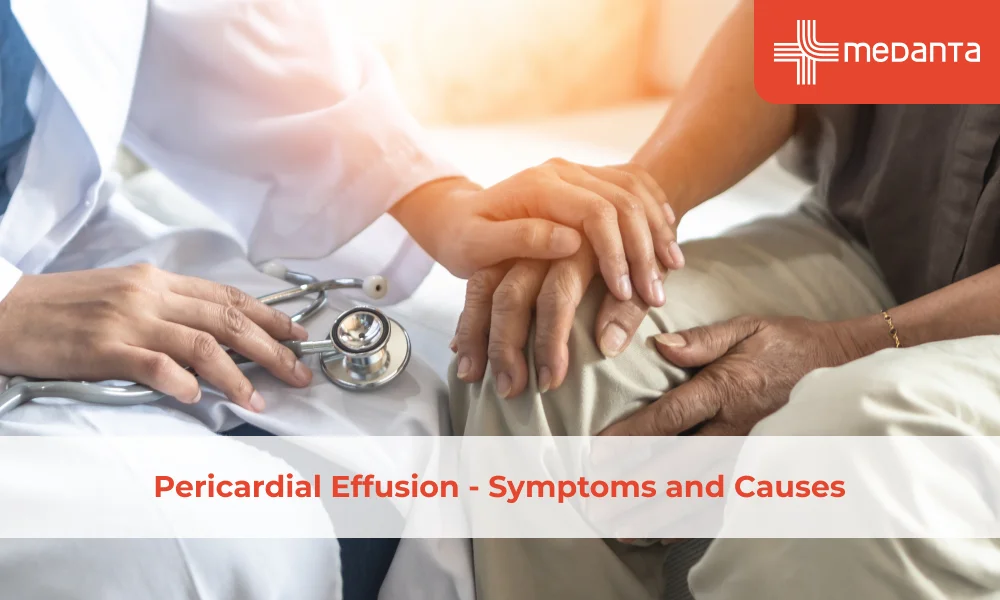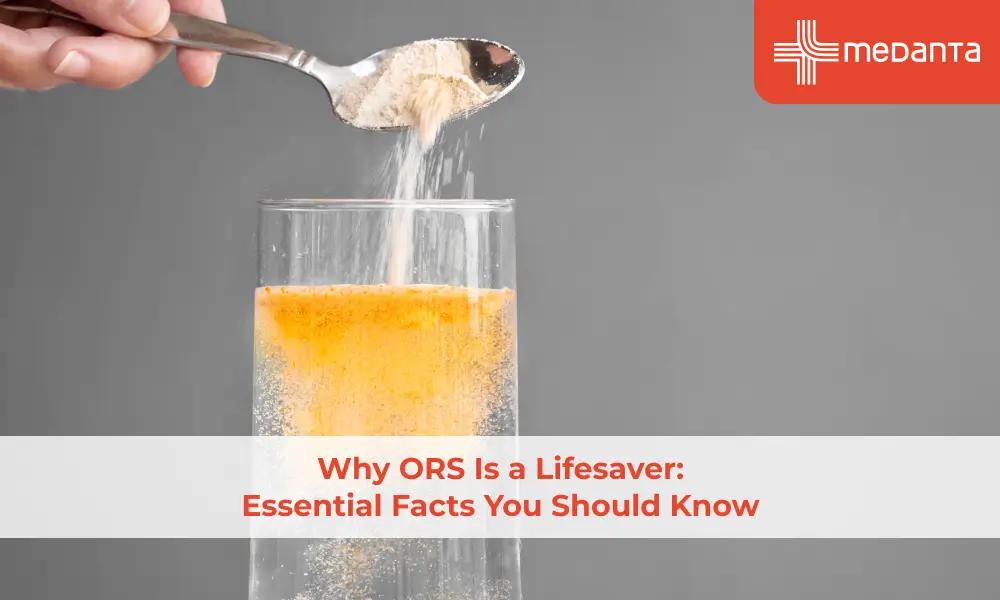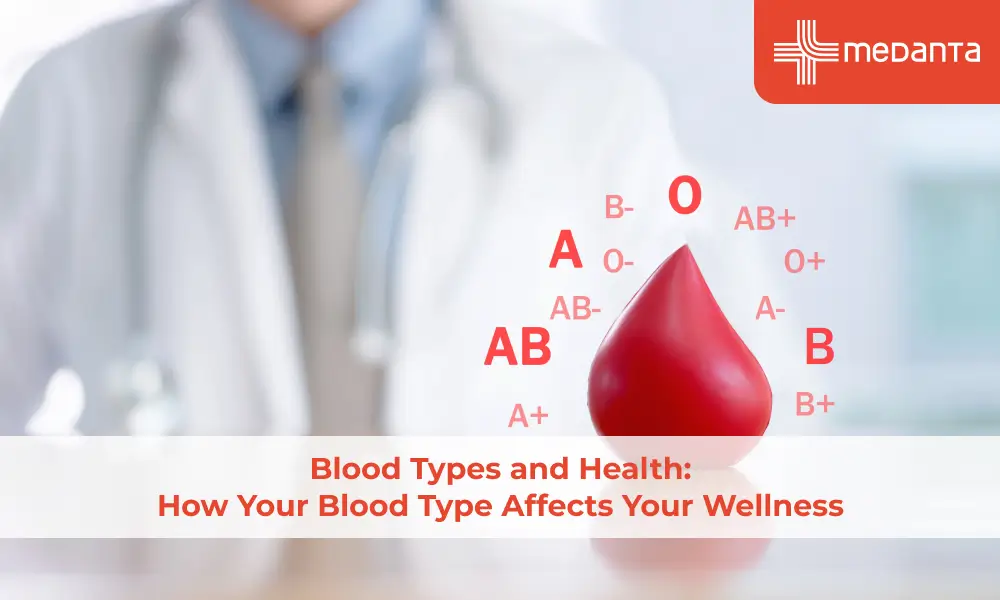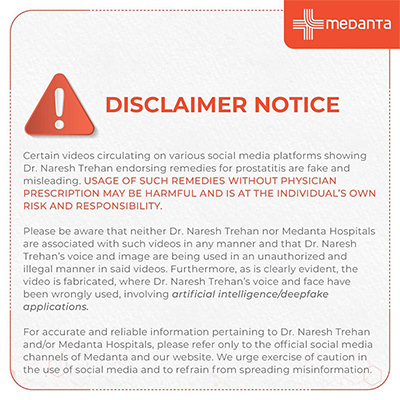Pericardial Effusion - Symptoms and Causes

TABLE OF CONTENTS
The heart is made up of 3 layers. The innermost layer is called the endocardium. This layer forms the inner lining of cavities and also constitutes valves, which are very important for pumping. The second layer around the endocardium is called the myocardium. This is a layer of the heart muscle.
You can read more about how blood flows in your heart in our article here and read more about how heart valves function here and the cardiac cycle here.
The outermost layer is known as the pericardium. This layer forms the outer shell and protects the heart. The pericardium is a double-layered sac-like structure, with a tiny amount of fluid in between for lubrication.
The quantity of fluid between these layers increases when there is injury or trauma to the chest, internal bleeding or inflammation due to disease in the pericardium. Instead of acting like lubrication for the heart, it now starts building resistance to the heart’s pumping action. This puts more pressure on the heart and starts affecting its pumping ability. This is known as pericardial effusion.
When there’s too much fluid inside the pericardium, the heart has no room to expand and fill up blood. This is like trying to blow a balloon inside a bottle. This condition is known as cardiac tamponade and can cause the heart to stop in a matter of minutes to hours if left untreated.
What causes pericardial effusion?
Inflammation (the reaction of your tissues to an irritant or infection) of the pericardium is called pericarditis. Inflammation causes fluid to build up in the tissue, accumulating in the pericardial space, causing pericardial effusion.
Some common causes include:
Viral infections:
Cytomegalovirus
Coxsackievirus
Echovirus
HIV infection
Fungal infections of parasites
Immune disorders like Lupus, Rheumatoid arthritis, and Sjögren’s syndrome
Hypothyroidism and other hormonal disorders
Cancer
Injury due to medical procedure
Heart attack. Read more
Aortic dissection Read more
Severe kidney failure and accumulation of urea in your blood
Liver cirrhosis

How severe is pericardial effusion?
Pericardial effusion is a severe condition with high risk, and it's always recommended to get medical care. However, every instance of the pericardial effusion may not be life-threatening or even symptomatic. The risk level depends on several factors, like causative agents, the amount of fluid accumulation, and the pace of fluid accumulation. A smaller amount of fluid in an effusion may resolve on its own.
A suddenly forming effusion that is filling up fast is certainly a cause for alarm and could result in serious complications or death. On the other hand, a slowly filling effusion may take weeks or months before symptoms start showing. Your doctor will evaluate the cause of the effusion and the severity or risk and suggest the best course of treatment.
What are the symptoms of pericardial effusion?
When the pericardial effusion is small or happens slowly, there may not be much or any symptoms seen. However, if it fills up fast, cardiac tamponade and stoppage of the heart can occur.
The main symptoms of pericardial effusion include:
Difficulty breathing or dyspnoea. Read more
Fullness in the chest. Read more
Difficulty in lying down. Read more
Fainting Read more
Chest pain behind the centre or the left side of the chest. Read more
Oedema or swelling of the stomach or legs. Read more
A fast heartbeat you can feel - called palpitations. Read more
Anxiety and confusion
Bluish tinge in lips and fingernails. Read more
Coughing Read more
Difficulty to swallow
You can read more about the diagnosis and treatment of pericardial effusion and other pericardial conditions in our article here.






